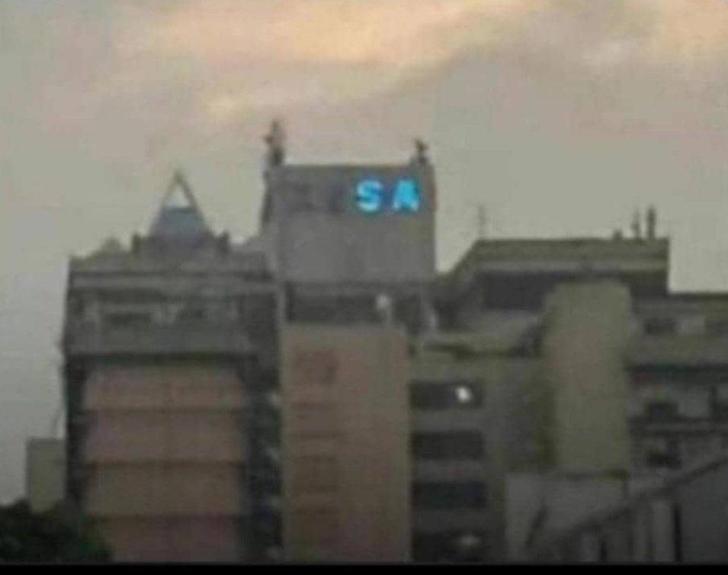News / National
Zesa explains national blackouts
19 Dec 2024 at 17:01hrs | Views

Zimbabwe’s power utility, Zesa, has attributed the two major blackouts on Monday night and yesterday afternoon to an imbalance in the international connectors, which affected both the national grids of Zimbabwe and other parts of the region. This follows a series of power outages that have become increasingly common, with many households and businesses experiencing power cuts lasting up to 20 hours.
The power crisis in Zimbabwe is primarily driven by the country’s limited power generation capacity, which struggles to meet the peak demand of 1,850MW. Currently, Zimbabwe’s three main power plants—Hwange Thermal Power Station, Kariba Hydrothermal Power Station, and the smaller Independent Power Producers (IPPs)—together produce less than 1,200MW. The contribution from Independent Power Producers is negligible, currently providing only 38MW to the national grid.
As a result, households and businesses are increasingly turning to alternative energy sources such as solar power and charcoal. While these options help mitigate the impact of the blackouts, they are not without their challenges, as solar systems and charcoal are expensive and often out of reach for ordinary Zimbabweans.
The ongoing power outages are taking a heavy toll on businesses, especially large manufacturers like National Foods, who have reported a significant rise in the use of diesel to power generators. The continued blackouts have forced many companies to explore alternative solutions, with several contemplating installing solar power systems to reduce their dependency on the unreliable grid.
The energy crisis is also impacting Zimbabwe’s agricultural sector. Tobacco farmers, a key contributor to the country’s foreign currency earnings, are struggling to complete their irrigation cycles due to the inconsistent power supply. This threatens to undermine both crop yields and the country’s overall economic performance.
The government has acknowledged the severity of the energy crisis and is working on a comprehensive roadmap to address the issue by 2025. The plan involves expanding the country’s power generation capacity through a combination of fossil energy and green energy projects, with a strong emphasis on attracting private sector investment to help fund these initiatives.
In the interim, Zimbabweans continue to navigate the challenges of unreliable power, with many hoping that the government's proposed solutions will bring lasting relief to a country long plagued by energy shortages.
The power crisis in Zimbabwe is primarily driven by the country’s limited power generation capacity, which struggles to meet the peak demand of 1,850MW. Currently, Zimbabwe’s three main power plants—Hwange Thermal Power Station, Kariba Hydrothermal Power Station, and the smaller Independent Power Producers (IPPs)—together produce less than 1,200MW. The contribution from Independent Power Producers is negligible, currently providing only 38MW to the national grid.
As a result, households and businesses are increasingly turning to alternative energy sources such as solar power and charcoal. While these options help mitigate the impact of the blackouts, they are not without their challenges, as solar systems and charcoal are expensive and often out of reach for ordinary Zimbabweans.
The energy crisis is also impacting Zimbabwe’s agricultural sector. Tobacco farmers, a key contributor to the country’s foreign currency earnings, are struggling to complete their irrigation cycles due to the inconsistent power supply. This threatens to undermine both crop yields and the country’s overall economic performance.
The government has acknowledged the severity of the energy crisis and is working on a comprehensive roadmap to address the issue by 2025. The plan involves expanding the country’s power generation capacity through a combination of fossil energy and green energy projects, with a strong emphasis on attracting private sector investment to help fund these initiatives.
In the interim, Zimbabweans continue to navigate the challenges of unreliable power, with many hoping that the government's proposed solutions will bring lasting relief to a country long plagued by energy shortages.
Source - online


































